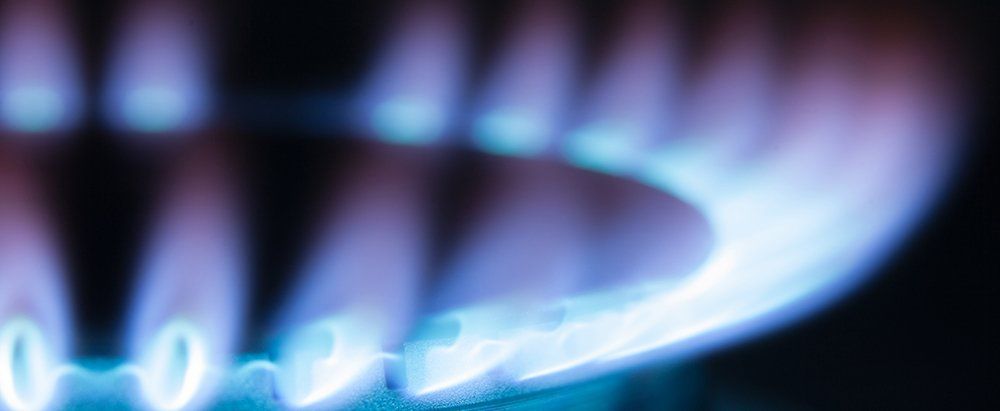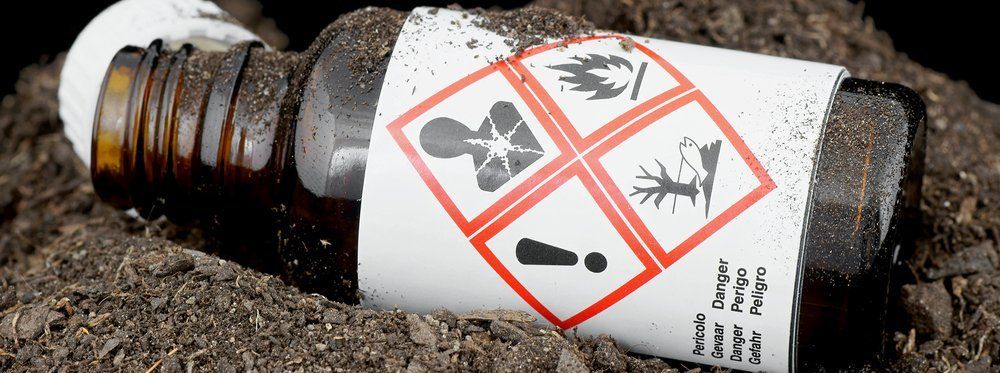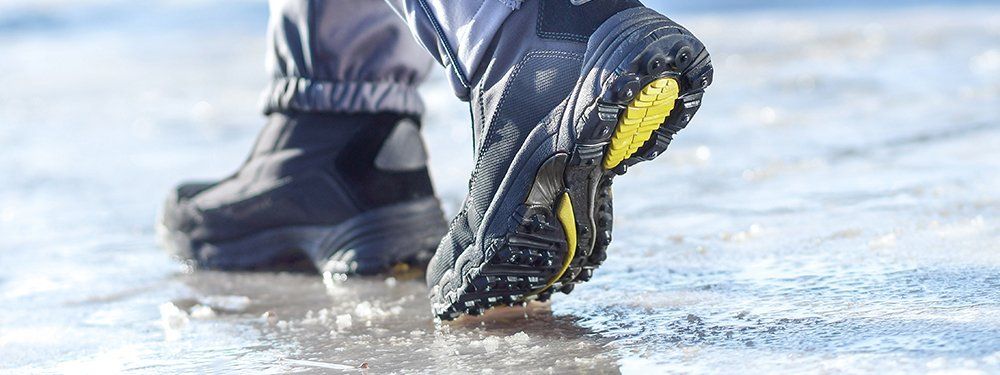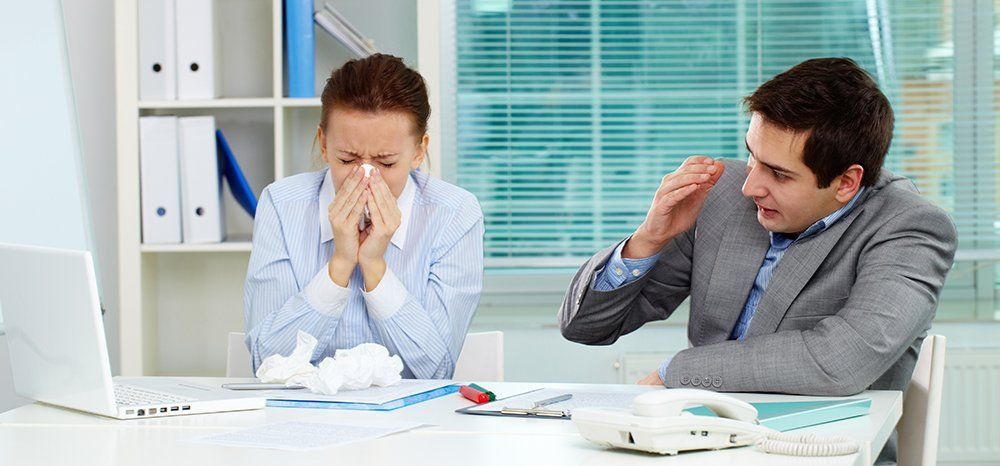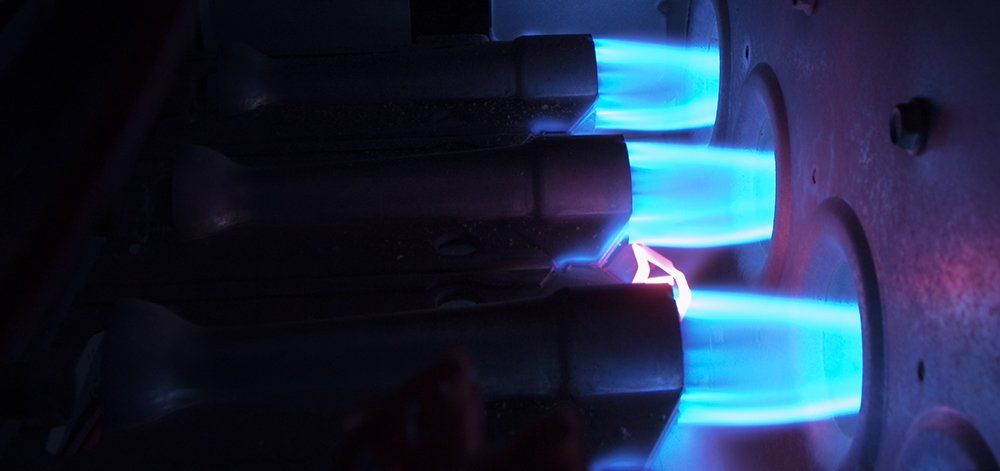Too Hot for Your Health!
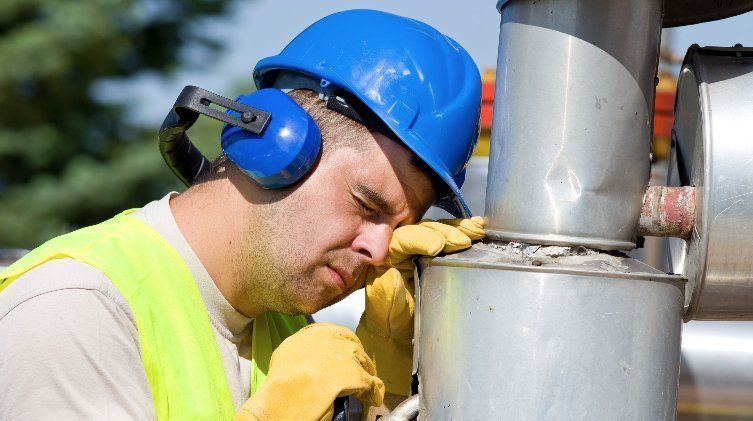
At times, especially during summer months, workers may be required to work in hot environments that adversely affect their health.
When the human body is unable to maintain a normal temperature, heat-related illnesses can occur. Heat-related deaths and illness are preventable yet annually many people succumb to extreme heat. According to the Centers for Disease Control and Prevention, from 1979-2003, excessive heat exposure caused 8,015 deaths in the United States. During this period, more people in this country died from extreme heat than from hurricanes, lightning, tornadoes, floods, and earthquakes combined! In order to reduce the risk, both employers and workers need to be well-educated on prevention measures.
So, as a start, let’s focus on the most important facts.
What is Hyper thermia?
Hyper thermia is an abnormally high body temperature caused by a failure of the heat-regulating mechanisms of the body to deal with the heat coming from the environment. Heat rash, heat fatigue, heat syncope (sudden dizziness after prolonged exposure to the heat), heat cramps, heat exhaustion and heat stroke are commonly known forms of hyperthermia.
What are the Factors that Increase Risk to Workers?
- High temperature and humidity
- Direct sun exposure (with no shade)
- Indoor exposure to other sources of radiant heat (e.g., furnaces)
- Limited air movement (no breeze)
- Low fluid consumption
- Physical exertion
- Heavy personal protective clothing and equipment
- Poor physical condition or health problems
- Some medications (e.g., different kinds of blood pressure pills or antihistamines)
- Pregnancy
- Lack of recent exposure to hot working conditions
- Previous heat-related illness
- Advanced age (65+)
What is the Most Serious Form of Hyperthermia?
Heat stroke is the most serious heat-related health problem. It occurs when the body’s temperature regulating system fails and body temperature rises to critical levels. Symptoms of heat stroke include confusion, loss of consciousness, seizures, very high body temperature, hot and dry skin, or profuse sweating.
Heat stroke is a medical emergency that may rapidly result in death! Call 911 and get emergency medical help. Make sure that someone stays with the worker until help arrives. Move the worker to a shaded, cool area and remove outer clothing. Wet the worker with cool water and circulate the air to speed cooling. Place cold wet clothes or ice all over the body or soak the worker’s clothing with cold water.
What is the Most Common Form of Hyperthermia?
Heat rash is the most common problem in hot work environments. Heat rash is caused by sweating and looks like a red cluster of pimples or small blisters. Heat rash usually appears on the neck, upper chest, in the groin, under the breasts and in elbow creases. If a worker shows signs of possible heat rash, the best treatment is to provide a cooler, less humid work environment. The rash area should be kept dry. Powder may be applied to increase comfort. Ointments and creams should not be used on a heat rash. Anything that makes the skin warm or moist may make the rash worse.
What are some of the Most Effective Prevention Measures?
• Train workers and supervisors about the hazards leading to heat illness, how to recognize symptoms in themselves and others, and ways to prevent them.
• Train and encourage workers to immediately report symptoms in themselves and others.
• Provide workers with plenty of cool water in locations close to work areas.
• Remind workers to frequently drink small amounts of water before they become thirsty to maintain good hydration. During moderate activity, in moderately hot conditions, workers should drink about 1 cup every 15 to 20 minutes. Make workers aware that it is harmful to drink extreme amounts of water. Workers should generally not drink more than 12 quarts (48 cups) in a 24 hour period. Instruct workers that urine should be clear or lightly colored.
• Workers should eat regular meals and snacks as they provide enough salt and electrolytes to replace those lost through sweating as long as enough water is consumed. Electrolyte drinks are usually not necessary.
• If heavy job tasks cannot be avoided, change work/rest cycles to increase the amount of rest time.
• Schedule frequent rest periods with water breaks in shaded or air-conditioned recovery areas.
Note that air conditioning will NOT result in loss of heat tolerance and is recommended for rest breaks.
• Monitor weather reports daily and reschedule jobs with high heat exposure to cooler times of the day. Be extra vigilant during heat waves when air temperatures rise above normal.
When possible, routine maintenance and repair projects should be scheduled for the cooler seasons of the year.
Resources:
For more information about protecting workers from heat-related illnesses visit:
• OSHA online at www.osha.gov
• NIOSH online at www.cdc.gov
- NIH News online at www.nih.gov

